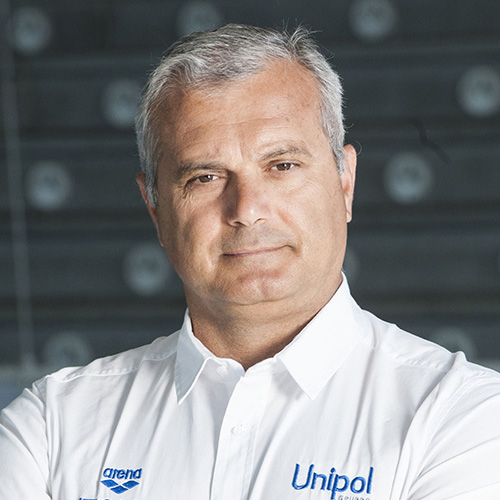 |
Alessandro Campagna (2019) He was born in Palermo, on the beautiful island of Sicily, but he grew up in Syracuse, where he began learning to swim at the age of six. Sandro, as he is affectionately known, was afraid at first, but the more time he spent in the water, the more confident he became, and he soon came to love it. At the same time, he also loved football and trained seriously in both sports. |
|
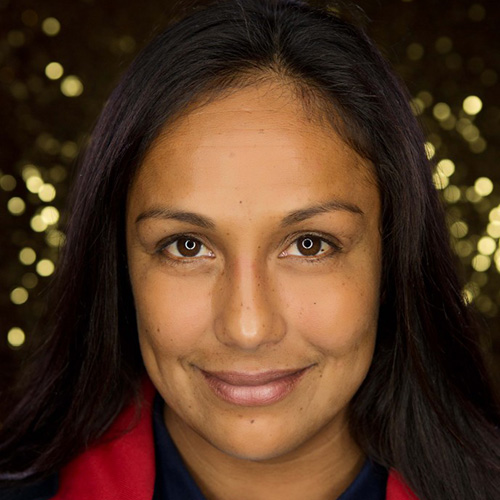 |
Brenda Villa (2018) Brenda was five years old when her parents, immigrants from northern Mexico, took her to the pool so she wouldn’t be afraid of the water like her mother. After two years on the swim team, they reluctantly allowed her to follow her older brother, Edgar into the rough and tumble sport of water polo. This was before the explosion of girls water polo programs and Brenda practiced with and competed mostly against boys. It didn’t take long for her to realize that she was as good, if not better than most of the boys. |
|
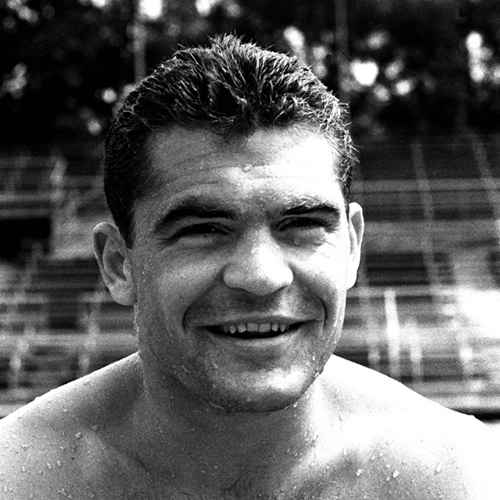 |
Andras Bodnar (2017) Hungary is a land of thermal springs and although landlocked, swimming and water sports are ingrained in their culture. This love of water led to an early domination of international swimming and diving competitions in the late 19th and early 20th century. In the 1920s, it was water polo that came to symbolize Hungary’s unique strengths and individuality. |
|
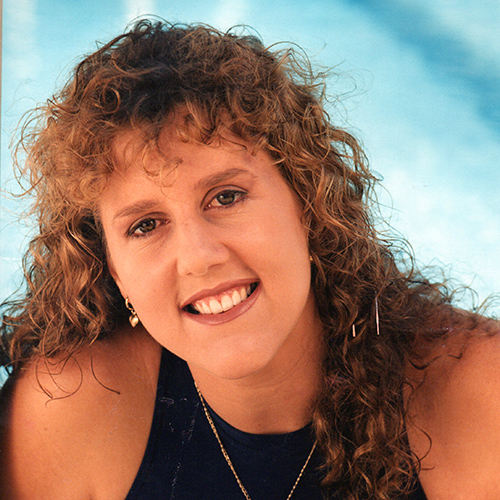 |
Bridgette Gusterson (2017) Growing up in Perth, Western Australia this young lady had a clear and precise goal: She wanted to be an Olympian. The only problem was, she didn’t have a sport. Her first choice was gymnastics but she knew she was going to be too tall. The Bicton pool was just two minutes from her home and her older sister, Danielle, played water polo, so the choice became clear. Even though women’s water polo was not yet on the Olympic program, there were hopes it would be added to the 1984 Olympics in Los Angeles. So she began a career that set the standard for female water polo players around the world. |
|
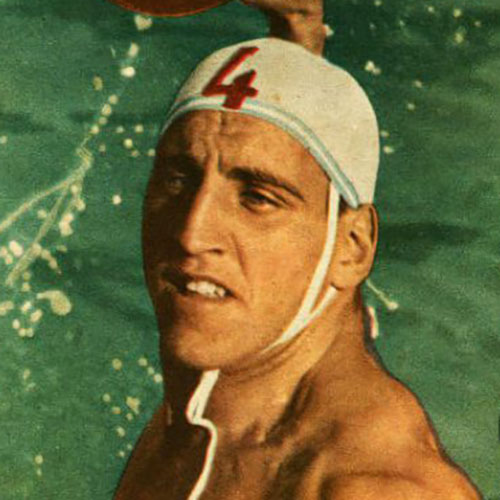 |
Osvaldo Codaro (2017) In the late 1920s, the European continent was in a depression and while communist and fascist factions were fighting for power in Spain, Argentina became an oasis of prosperity and peace, and the preeminent center of Spanish culture and sport. Swimming was particularly popular after Alberto Zorilla won Olympic gold in 1928. This was the condition in Argentina when Osvaldo Horacio Codaro was born on December 9, 1930, in the Avellaneda district of Buenos Aires. |
|
 |
Peter Biros (2016) Hungary is a land of thermal springs and although landlocked, swimming and water sports are ingrained in their culture. This love of water led to an early domination of international swimming and diving competitions in the late 19th and early 20th century. In the 1920s, it was water polo that came to symbolize Hungary’s unique strengths and individuality. From 1928 to 1980, the Hungarian National Water Polo Team dominated the sport like no other nation, reaching the podium at twelve consecutive Olympic Games. During this streak the Hungarians won six gold medals, three silver medals, three bronze medals, and back to back titles twice: 1932 and 1936 and, 1952 and 1956. It came to be that anything less than the gold medal was considered a failure. |
|
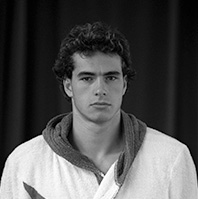 |
Tibor Benedek (2016) Hungary is a land of thermal springs and although landlocked, swimming and water sports are ingrained in their culture. This love of water led to an early domination of international swimming and diving competitions in the late 19th and early 20th century. In the 1920s, it was water polo that came to symbolize Hungary’s unique strengths and individuality. From 1928 to 1980, the Hungarian National Water Polo Team dominated the sport like no other nation, reaching the podium at twelve consecutive Olympic Games. During this streak the Hungarians won six gold medals, three silver medals, three bronze medals, and back to back titles twice: 1932 and 1936 and, 1952 and 1956. It came to be that anything less than the gold medal was considered a failure. |
|
 |
Zoltán Szécsi (2016) Hungary is a land of thermal springs and although landlocked, swimming and water sports are ingrained in their culture. This love of water led to an early domination of international swimming and diving competitions in the late 19th and early 20th century. In the 1920s, it was water polo that came to symbolize Hungary’s unique strengths and individuality. From 1928 to 1980, the Hungarian National Water Polo Team dominated the sport like no other nation, reaching the podium at twelve consecutive Olympic Games. During this streak the Hungarians won six gold medals, three silver medals, three bronze medals, and back to back titles twice: 1932 and 1936 and, 1952 and 1956. It came to be that anything less than the gold medal was considered a failure. |
|
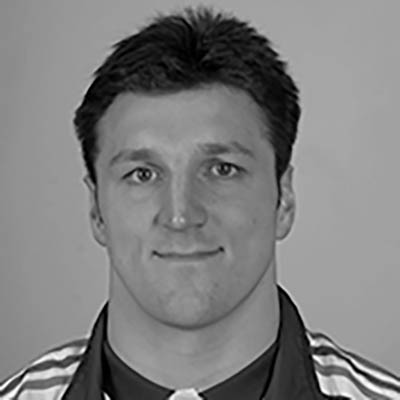 |
Gergely Kiss (2016) Hungary is a land of thermal springs and although landlocked, swimming and water sports are ingrained in their culture. This love of water led to an early domination of international swimming and diving competitions in the late 19th and early 20th century. In the 1920s, it was water polo that came to symbolize Hungary’s unique strengths and individuality. From 1928 to 1980, the Hungarian National Water Polo Team dominated the sport like no other nation, reaching the podium at twelve consecutive Olympic Games. During this streak the Hungarians won six gold medals, three silver medals, three bronze medals, and back to back titles twice: 1932 and 1936 and, 1952 and 1956. It came to be that anything less than the gold medal was considered a failure. |
|
 |
Tamás Molnár (2016) Hungary is a land of thermal springs and although landlocked, swimming and water sports are ingrained in their culture. This love of water led to an early domination of international swimming and diving competitions in the late 19th and early 20th century. In the 1920s, it was water polo that came to symbolize Hungary’s unique strengths and individuality. From 1928 to 1980, the Hungarian National Water Polo Team dominated the sport like no other nation, reaching the podium at twelve consecutive Olympic Games. During this streak the Hungarians won six gold medals, three silver medals, three bronze medals, and back to back titles twice: 1932 and 1936 and, 1952 and 1956. It came to be that anything less than the gold medal was considered a failure. |
|
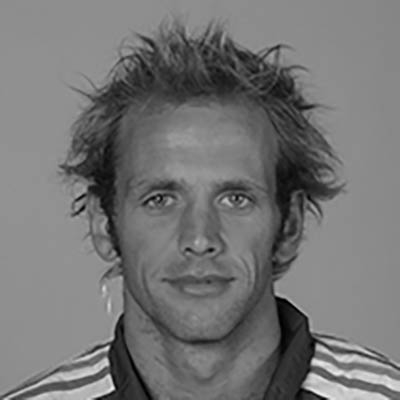 |
Tamas Kasas (2016) Hungary is a land of thermal springs and although landlocked, swimming and water sports are ingrained in their culture. This love of water led to an early domination of international swimming and diving competitions in the late 19th and early 20th century. In the 1920s, it was water polo that came to symbolize Hungary’s unique strengths and individuality. From 1928 to 1980, the Hungarian National Water Polo Team dominated the sport like no other nation, reaching the podium at twelve consecutive Olympic Games. During this streak the Hungarians won six gold medals, three silver medals, three bronze medals, and back to back titles twice: 1932 and 1936 and, 1952 and 1956. It came to be that anything less than the gold medal was considered a failure. |
|
 |
Carlo Silipo (2014) He started in water polo with the Rowing Club of Naples, moved up to the famed Club Posillipo and became one of the most important players in Neopolitan and Italian water polo history. When he joined the national team in 1992, Italy hadn’t won a gold medal in water polo since 1960 and finished a distant sixth in the 1991 World Championships. But it did have Ratko Rudic, the gruff disciplinarian who coached Yugoslavia to its Olympic championships in 1984 and 1988. |
|
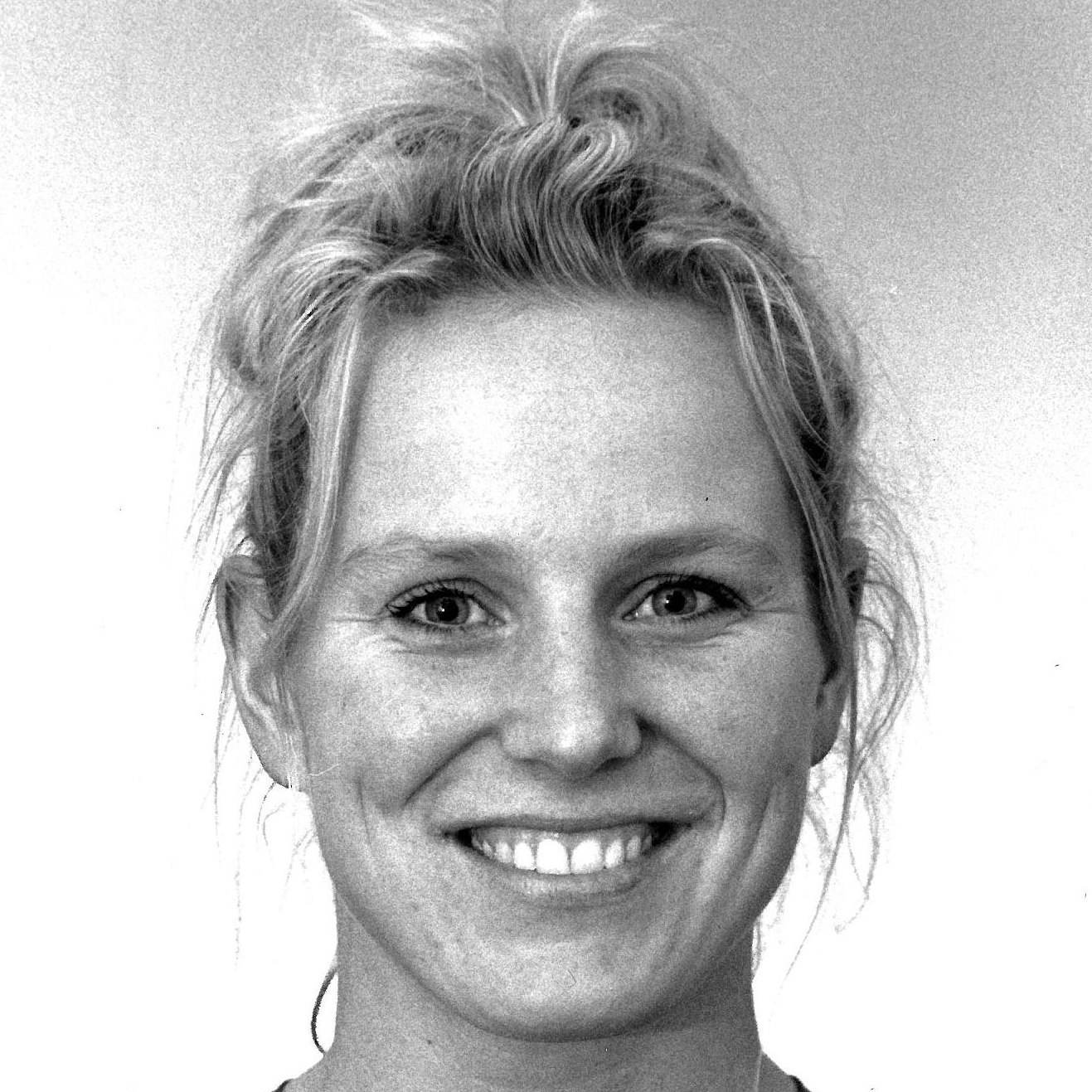 |
Karen Kuipers (2014) She was appointed Knight of the Order of Orang-Nassau in 2011, a chivalric order open to everyone who has earned special merits for society because of her great services to Dutch Water Polo. It is a grade comparable with the ranks of the Order of the British Empire in the UK. |
|
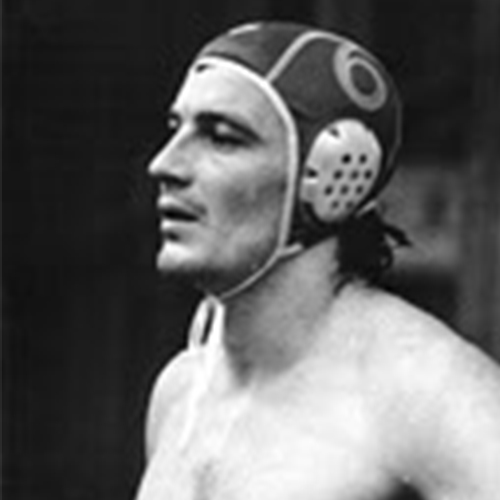 |
Milivoj Bebic (2013) At the age of ten, Milivoj Bebic joined the Pošk water polo club. A prodigy almost from the start, he was asked to join the Yugoslavian national team at the age of 17. It was playing with experienced veterans, like Hall of Famer Ratko Rudic and playing under the legendary coach Vahlo Orlic, father of the modern Yugoslavian water polo system, and Miro Circovic, that Bebić developed the skills that made him one of the greatest offensive water polo players of all time. |
|
 |
Jesus Miguel Rollan Prada (2012) In 1900, water polo became the first team sport in the Olympic Games. During those 25 Olympic Games from 1900 to 2008, only 16 nations have medaled in the sport - a remarkably small number. Of those countries, Spain has medaled the fewest times - only twice - and that was due primarily to the efforts of their two star players, Hall of Fame player Manuel Estiarte, perhaps the game’s greatest player, and their remarkable goalie, Jesus Miguel Rollan. |
|
 |
Aleksandar Sostar (2011) Yugoslavia's Partizan Water Polo Club produced many great water polo players over the years including: Hall of Famers Zoran Jankovic, Ciro Kovacic, Igor Milanovic, and Mirko Sandie. In 1975, at the age of eleven, Alexandar Sostar joined the club. In his 16 years with the club and another 10 years withfour other clubs, he developed into one of the world's greatest water polo goal keepers of all time. At 6 feet 5 inches tall weighing 225 pounds, he kept the opposing team from scoring goals, deflecting many shots on goal. At the 1988 Seoul Olympics, Yugoslavia won the gold medal, losing only one game in the tournament, and defeating the USA in the final round. |
|
.jpg%20) |
Maureen O'Toole (2010) Maureen O'Toole is a six-time World Water Polo Female Athlete of the Year and played on the Women’s U.S. National Team for over 21 years. Between 1978 and 2000, she competed in six World Championships and seven FINA World Cups. |
|
 |
Zdravko Jezic (2010) Called “Pusko,”Zdravko Jezic played on three Olympic teams for Yugoslavia and won silver medals in 1952 and 1956. He contributed to the development of the “dynamic game” after restriction of movement was discontinued in 1950, helping to develop the “Yugoslav school” of fast-style water polo. |
|
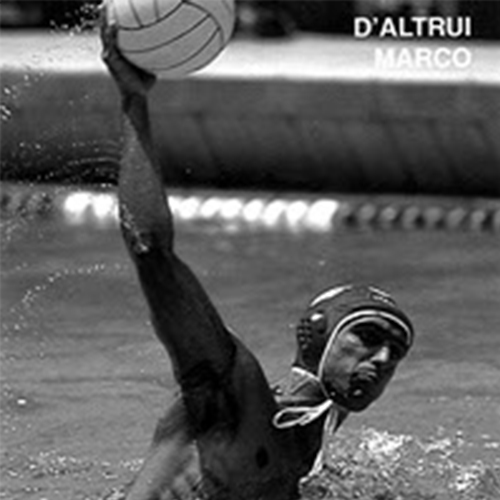 |
Marco D’Altrui (2010) For the first time in history, the International Swimming Hall of Fame is recognizing a father and son as one, jointly in the same year. This honor goes to three-time Olympic water polo playersGiuseppe and Marco D’Altruiof Italy. |
|
 |
Alexander Dolgushin (2010) Known as “Ivanych” to his teammates and “Killer” to his esteemed opponents, Alexander Dolgushin was one of the most feared defensive players during the 1960s and 1970s. Coaches praised his ability to oppose the most powerful opponents leading to his crowd-attention rivalry with Hungary’s giant scorer,Istvan Szivos, Jr., at the 1972 Olympic Games, resulting in the gold medal for his team. |
|
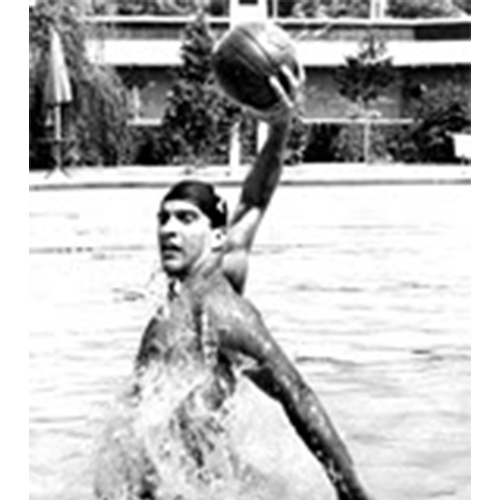 |
Giuseppe D'Altrui (2010) For the first time in history, the International Swimming Hall of Fame is recognizing a father and son as one, jointly in the same year. This honor goes to three-time Olympic water polo players Giuseppe and Marco D’Altrui of Italy. |
|
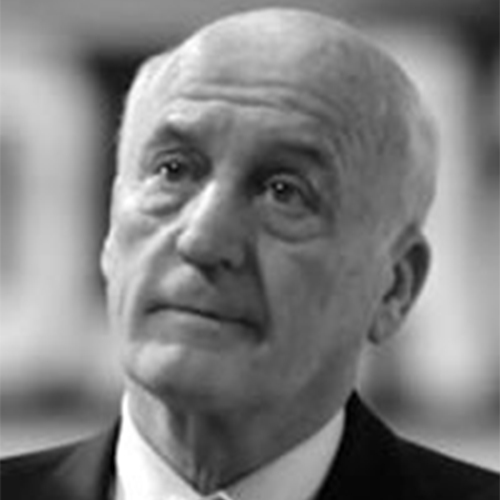 |
Gianni Lonzi (2009) Gianni Lonzi was born in Florence, Italy, in 1938, just steps away from the famous swimming club, Rari Nantes Firenze. On his first visit to the club, the legendary water polo figure Giordano Goggiolithrew him into the River Arno, saying: “Now you have to swim.” |
|
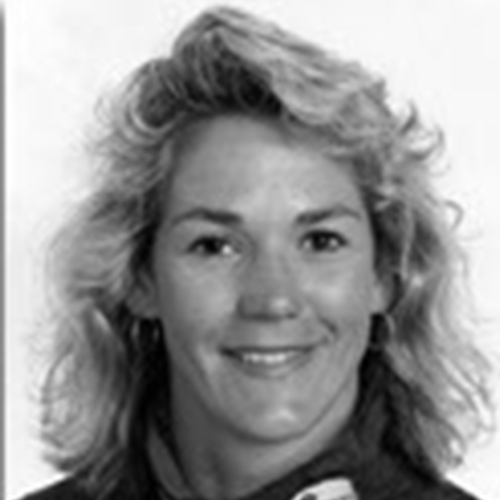 |
Debbie Watson (2008) Australia has produced one of the greatest female water polo players to ever play the game. If not for injuries incurred while playing her beloved netball, the world may have never known what a talent Debbie Watson was in the pool. |
|
 |
Manuel Estiarte (2007) At just 5'8" and weighing only 145 pounds, Manuel Estiarte would seem to be an unlikely candidate to be considered the greatest player of all-time in a sport whose players average 6'3” and 200+ pounds. But Estiarte's career proved once again that it's not the size of the man, but the size of his heart and what's in the head that counts the most. |
|